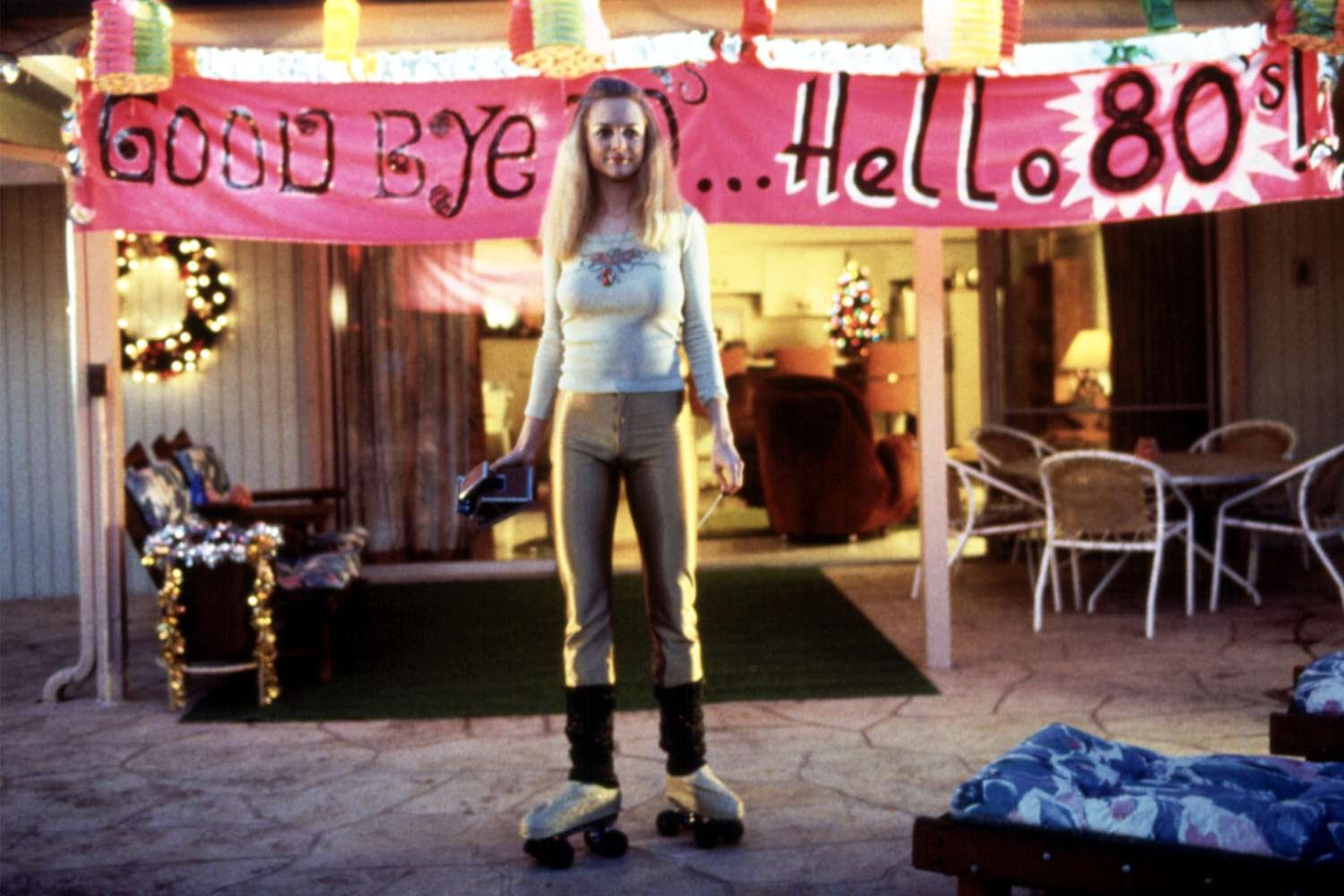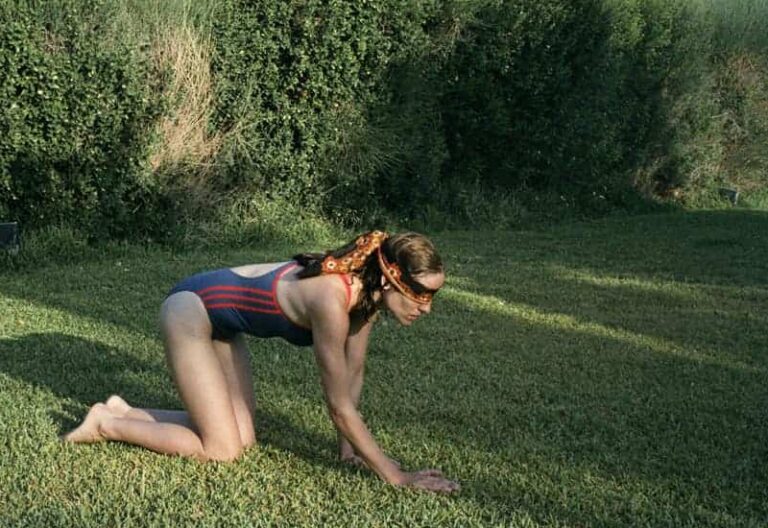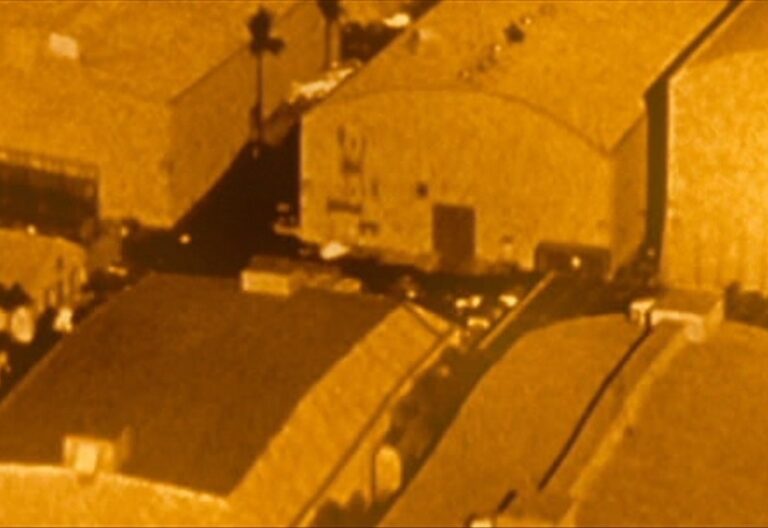american eccentric cinema
est. mid 1990s – now
American eccentric cinema is a distinctive style that surfaced in the late 20th and early 21st centuries in USA, characterized by its quirky characters, whimsical narratives, idiosyncratic visual aesthetics, and a tendency to blend genres and tones in unexpected ways. This movement, rooted in independent cinema, has grown to greatly influence mainstream cinema.
Published by: CinemaWaves Team | Filed Under: Film Movements
Origins of the American eccentric cinema
The origins of American eccentric cinema can be traced to the New Hollywood movement of the 1960s and 1970s, a period marked by a rejection of traditional values and an embrace of the experimentation. Influenced by the French New Wave and Italian Neorealism, American filmmakers began to explore new narrative structures, visual styles, and thematics, with directors like John Cassavetes, whose films such as “Shadows” (1959) and “Faces” (1968) laid the groundwork for a more personal and intimate style of filmmaking that prioritized character over plot.
The 1980s saw the rise of independent cinema, made possible by advances in technology, which made creating films more accessible. This period saw the rise of auteurs like Jim Jarmusch, whose films like “Stranger Than Paradise” (1984) exemplified a minimalist, idiosyncratic approach that would become a hallmark of eccentric cinema.
Moreover, filmmakers such as David Lynch began to gain prominence during this era with works like “Blue Velvet” (1986) and “Wild at Heart” (1990). The success of these films and others laid the foundation for the development of a distinctively American form of eccentric cinema, one that blended the avant-garde influences of earlier decades with a uniquely personal and idiosyncratic vision. This era also saw the rise of independent film distributors and the growth of arthouse cinemas.

Characteristics of the Eccentric Cinema
Quirky Characters: It often features characters who are odd or socially awkward, with unique perspectives and behavior that deviates from societal norms. Their quirks are central to the film’s narrative.
Whimsical Narratives: The stories in eccentric cinema tend to mix comedy with elements of drama, fantasy, or surrealism. Plotlines are usually nonlinear, with unexpected twists and turns.
Idiosyncratic Visual Aesthetics: A distinctive visual style is a hallmark of eccentric cinema. This can include bold color palettes, meticulous set designs, and creative use of cinematography. The use of symmetrical compositions, innovative camera angles, and carefully curated props contribute to the film’s distinctive look.
Personal Vision: Directors of eccentric cinema infuse their films with a strong sense of personal vision and creativity. Films tend to reflect the unique sensibilities and artistic preferences of their creators, resulting in highly individualistic works.

Important Filmmakers and Films
Wes Anderson is known for his meticulously crafted visual style, symmetrical compositions, and quirky characters, exploring themes of family, loss, and nostalgia. Some of his most notable films are “The Royal Tenenbaums” (2001) and “Moonrise Kingdom” (2012). Distinctive use of color, elaborate set designs, and deadpan humor have made his work instantly recognizable with cinephiles.
Paul Thomas Anderson’s films combine intricate storytelling with complex characters and explore themes of power, alienation, and family dynamics. Films, including “Boogie Nights” (1997), “Magnolia” (1999), and “There Will Be Blood“ (2007), are famous for their use of long takes, ensemble casts, and thematic ambition, which has positioned him as one of the most respected directors of his generation and the 21st century.
Sofia Coppola, daughter of the famous director Francis Ford Coppola, known for her minimalist style and exploration of themes related to loneliness, identity, and existential ennui. Coppola’s films usually feature young, female protagonists navigating the challenges of adolescence and adulthood. Notable films include “Lost in Translation” (2003) and “Marie Antoinette” (2006). Her use of music, atmospheric visuals, and introspective storytelling has made her a distinctive voice in contemporary cinema.
Legacy and influence of the American eccentric cinema
American eccentric cinema has had a significant cultural impact, influencing both mainstream and independent filmmakers. Its emphasis on originality and personal expression has encouraged a new generation of filmmakers to explore different narratives and visual styles. It has also cultivated a dedicated fan base that appreciates unique approach to storytelling and character development.
Films within this movement have received critical acclaim and numerous awards. The distinctive aesthetics and thematic explorations of eccentric cinema have permeated popular culture, inspiring fashion, music, and other forms of art. Moreover, the success of these films at the box office and in the festival circuit has demonstrated that there is a substantial audience for films that challenge traditional storytelling norms.
As the landscape of film continues to evolve, the legacy of eccentric cinema will undoubtedly inspire future generations of filmmakers to embrace their unique voices and push the boundaries of the medium.
Refer to the Listed Films for the recommended works associated with the movement. Also, check out the rest of the Film Movements on our website.
A loosely defined, unconventional, movement of Greek cinema that surfaced in the late 2000s as a response to the country’s economic and social challenges. Characterized…
In the late 1960s and throughout the 1970s, until mid 1980s, a cinematic revolution unfolded in Hollywood that would forever change the landscape of the film industry. American New…
In the ever-evolving landscape of cinema, there are movements that challenge the glitz and glamour of Hollywood and opt for a more authentic, unscripted approach. One such…
The studio system was a dominant force in Hollywood from the 1920s to the 1950s. It was characterized by a few major studios controlling all aspects of film production…
Independent film, often called indie film, is produced outside the major studio system. Its roots can be traced back to the early 20th century, when filmmakers began seeking…
Ruthless silver miner, turned oil prospector, Daniel Plainview moves to oil-rich California. Using his son to project a trustworthy, family-man image, Plainview cons local…






